21 Actionable SEO Strategies for 2025: A Comprehensive Guide to Boost Your Website's Performance
Introduction
In 2025, effective SEO requires a strategic approach tailored to your target audience. This guide focuses on practical, white-hat techniques to drive targeted traffic and capture qualified leads. The core principle remains: Attract quality traffic + Convert professional buyers.
Part 1: Understanding Your Audience and Technical Foundation
1. Define Your Ideal Customer Profile
- Go beyond demographics: Identify job roles (procurement managers, engineers), pain points, search behaviors, and decision-making processes.
- Scenario-based thinking: Example - A European factory technician searching for “high-temperature resistant bearings EN 1234 certified” cares about technical specs, certifications, and application case studies.
- Segment profiles: Create separate profiles for different product lines or regional markets (e.g., medical devices for US vs. industrial machinery for Southeast Asia).
- Data sources: Leverage CRM data, sales team insights, customer interviews, and market reports.
2. Uncover High-Intent Keywords
B2B Search Characteristics:
- Technical/long-tail queries: E.g., “EN ISO 20345 S3 SRC certified safety shoes”
- Commercial intent modifiers: “supplier”, “manufacturer”, “bulk order”, “RFQ”, “industrial grade”
- Problem-solving queries: “How to reduce [issue] with [product]”, “Best material for [application]”
- Model numbers/specs: Include exact product codes and industry standards.
Keyword Research Tools:
- Internal knowledge: Collaborate with sales teams
- Free tools: Google Keyword Planner, Keywords Everywhere browser extension
- Premium tools: Ahrefs/SEMrush for competitor analysis and difficulty scoring
- Question research: AnswerThePublic, AlsoAsked.com
Keyword Strategy:
- Value assessment: Prioritize relevance > commercial intent > search volume
- Funnel alignment:
- Awareness: “types of industrial valves”
- Consideration: “gate valve vs ball valve comparison”
- Decision: “API 600 gate valve manufacturer”
3. Technical SEO Audit & Optimization
Core Technical Fixes:
- Page speed: Achieve >90 PSI score. Optimize LCP, FID, CLS.
- Mobile-first: Test on multiple devices using Google’s Mobile-Friendly Test
- Security: Implement HTTPS with valid SSL certificate
- Site architecture: Logical hierarchy with breadcrumb navigation
Advanced Technical SEO:
- XML sitemap: Submit via Google Search Console
- Robots.txt: Block sensitive pages (login, test environments)
- Schema markup: Implement Product, Organization, FAQ, Breadcrumb schemas
- Hreflang tags: For multilingual sites (e.g., en-US, de-DE versions)
- URL structure:
/products/industrial-valves/type-xyz(keep <115 chars)
4. Competitive Intelligence
- Identify real competitors: Analyze top 10 rankings for target keywords
- Reverse-engineer their success:
- Backlink profile (Ahrefs/SEMrush)
- Top-performing content types
- Technical implementations (schema, site speed)
- Traffic sources (SimilarWeb)
- Opportunity gaps: Find content voids, underserved queries, and technical weaknesses
Part 2: Content That Converts
5. E-E-A-T Content Framework
- Experience: Showcase project case studies with quantifiable results
- Expertise: Cite industry standards (ISO, ASTM), include engineering whitepapers
- Authoritativeness: Display certifications, industry awards, media features
- Trustworthiness: Detailed company info, client testimonials with verifiable contacts
6. Buyer’s Journey Content Matrix
| Stage | Content Types | Keyword Examples |
|---|---|---|
| Awareness | Trend reports, infographics | “emerging technologies in [niche]” |
| Consideration | Product comparisons, webinars | “PVC vs HDPE pipes for [use case]” |
| Decision | Case studies, spec sheets | “API 600 valve manufacturer” |
7. On-Page Optimization Checklist
- Title tags: <60 chars, primary keyword first
- Meta descriptions: <160 chars, include CTA (“Get technical specs”)
- Header structure: H1 with main KW, H2/H3 for subtopics
- Image optimization:
product-name-specs.jpg+ descriptive alt text - Internal linking: Contextual links with anchor text like “learn about our ISO 9001 certification”
8. Content Refresh Protocol
- Audit existing content quarterly
- Update statistics, case studies, technical data
- Enhance with new media (diagrams, demo videos)
- Resubmit to GSC as “updated content”
9. Pillar Content Development
- 10x content examples:
- “The Definitive Guide to [Industry] Standards 2025”
- “Global Sourcing Handbook: [Product Category]”
- Promotion plan:
- Outreach to industry associations
- Repurpose into webinar series
- Create supporting infographics
10. Visual Content Strategy
- Video types:
- Factory walkthroughs (showcasing ISO-certified production lines)
- Product installation tutorials
- Client testimonial interviews
- Distribution:
- YouTube (optimized descriptions with timestamps)
- Embedded in relevant product pages
- LinkedIn native uploads
Part 3: Authority Building Through Backlinks
11. Quality Backlink Criteria
- Relevance: Industry-specific > General
- Authority: DR 50+ (Ahrefs) with organic traffic
- Placement: Contextual links > footer/sidebar
- Anchor text: Branded (“ABC Valves”) or natural phrases
12. B2B Link Building Tactics
- Expert roundups: Contribute insights to industry publications
- Technical documentation: Host ASTM/ISO reference guides
- Supplier directories: ThomasNet, Kompass (selective submissions)
- Broken link building: Replace outdated resource links
- Partner ecosystems: Ethical links from distributors/chambers of commerce
Part 4: Strategic Promotion
13. LinkedIn Optimization
- Company page: Showcase projects with “Before-After” carousel posts
- Employee advocacy: Equip sales teams with shareable content snippets
- Engagement strategy: Comment on target customers’ posts with value-added insights
14. Email Nurturing Sequence
- Lead magnet delivery (e.g., “2025 Material Selection Guide”)
- Educational drip campaign (3 emails over 2 weeks)
- Case study showcase with CTA for consultation
15. Forum Participation Plan
- Target platforms: Industry-specific (e.g., Eng-Tips for engineering)
- Value-first approach: Answer technical questions with citations
- Profile optimization: Signature with “Download our [resource]”
Part 5: Measurement & Optimization
19. Essential Tools
| Tool | Key Functionality |
|---|---|
| GA4 | Event tracking (RFQ submissions) |
| GSC | Query performance analysis |
| Ahrefs | Backlink monitoring |
| Hotjar | User behavior heatmaps |
20. B2B SEO KPIs
- Conversion metrics:
- RFQ form completions
- Technical document downloads
- Phone clicks (via call tracking)
- Engagement signals:
- Time on page (>3 mins for product pages)
- Scroll depth (>70% for blog content)
21. Continuous Improvement Cycle
- Monthly performance review
- A/B test CTAs and landing pages
- Reallocate resources to top-performing channels
- Technical SEO health checks
Conclusion
B2B SEO success requires consistent execution across these areas:
- Technical excellence
- Customer-centric content
- Strategic backlink profile
- Data-driven optimization
Key reminder: 6-12 month timeframe for substantial results. Focus on building sustainable organic assets that compound in value over time.
“SEO is a marathon, not a sprint. But the finish line delivers qualified leads for years to come.”
Related Articles

TOOLS
Revolutionize Your SEO Strategy with the 9 Best Audit Tools in 2025
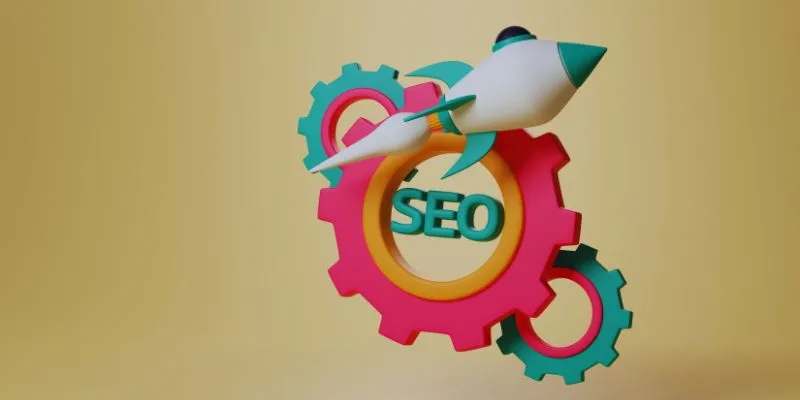
TOOLS
Maximize Your Website's Potential with the 11 Best SEO Tools in 2025
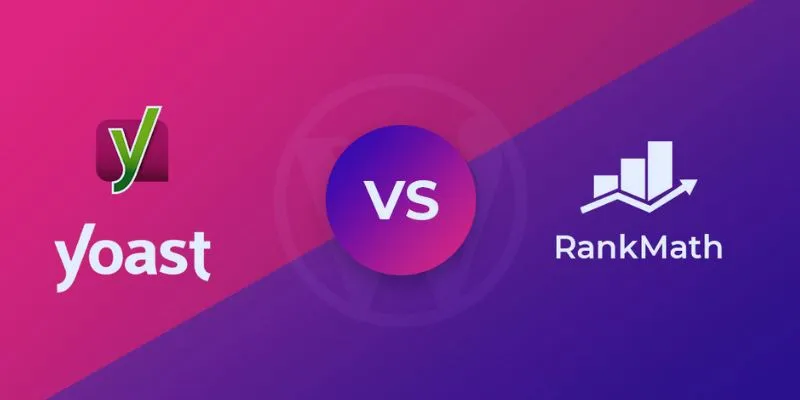
REVIEWS
Rank Math vs. Yoast: A Detailed Comparison to Choose the Best SEO Plugin

TOOLS
Top SEO Crawler Tools to Improve Website Performance

TOOLS
Top Kanban Project Management Apps for Better Workflow

TOOLS
Top 10 Video Players for Windows and Mac in 2025

FIX-UP
Simple Methods to Convert VOB to WMV for Beginners

TOOLS
5 Excellent Alternatives to Fraps for Screen Recording
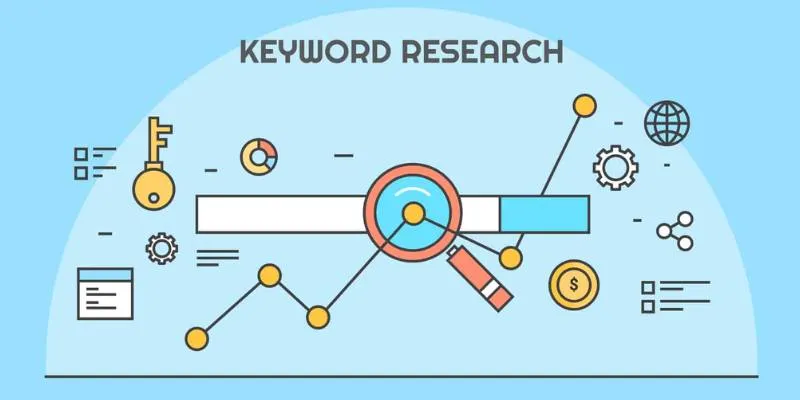
FIX-UP
Top 5 Ways to Do Keyword Research Using Keywords Everywhere to Boost Traffic

TOOLS
Best Linux Tools for Creating and Managing Storyboards
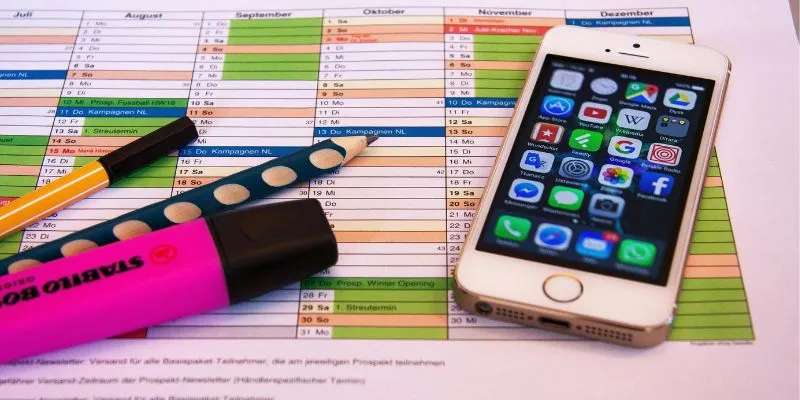
TOOLS
Best Apps for iPhone: 6 To-Do List Picks in 2025

TOOLS
Discover the Top 10 Fastest Web Browsers to Use in 2025
Popular Articles

REVIEWS
Meta AI vs. ChatGPT: Key Differences and Which Is Better for You
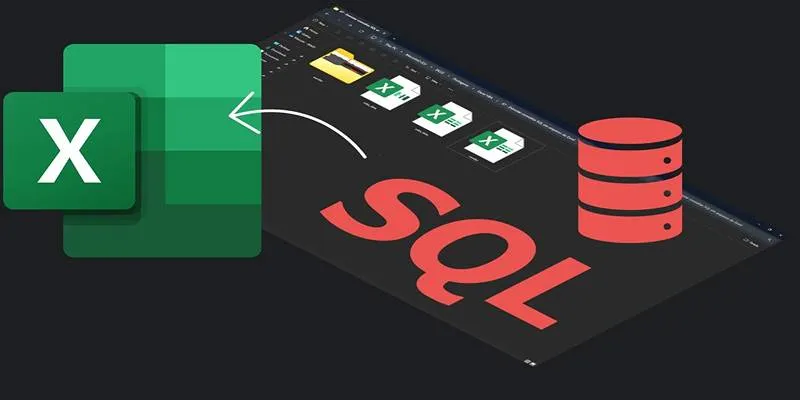
FREE
Export SQL Query Results to Excel with These Free Online Tools

FIX-UP
Step-by-Step Guide: How to Create Recurring Tasks in Notion with a Template

REVIEWS
Which Is the Best Meeting Scheduler? Microsoft Bookings or Calendly

TOOLS
Great iMovie Replacements for PC with Smart Editing Features

FIX-UP
Top 8 OnePageCRM Sales Strategies to Close More Deals in 2025
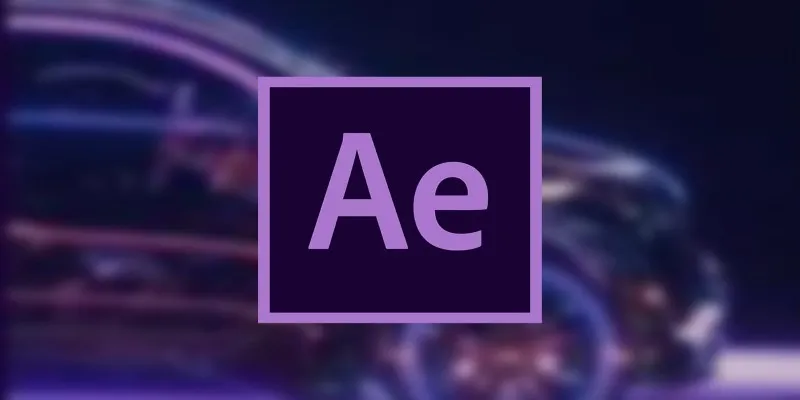
FIX-UP
How to Reverse Video Footage in After Effects and Best Alternatives
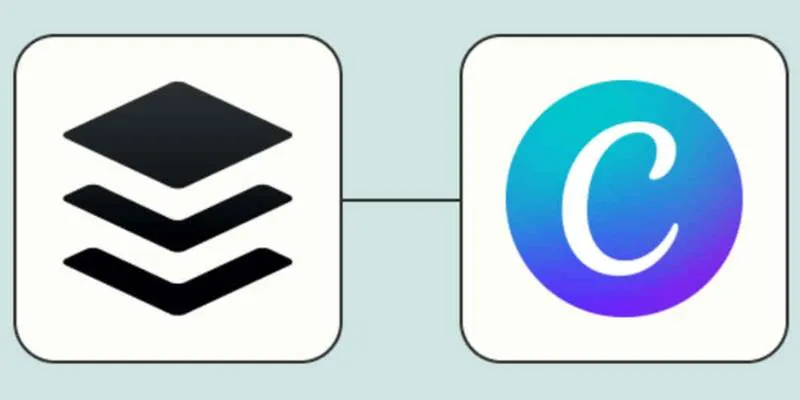
FIX-UP
How to Design Social Media Graphics in Buffer Using Canva: A Step-By-Step Guide
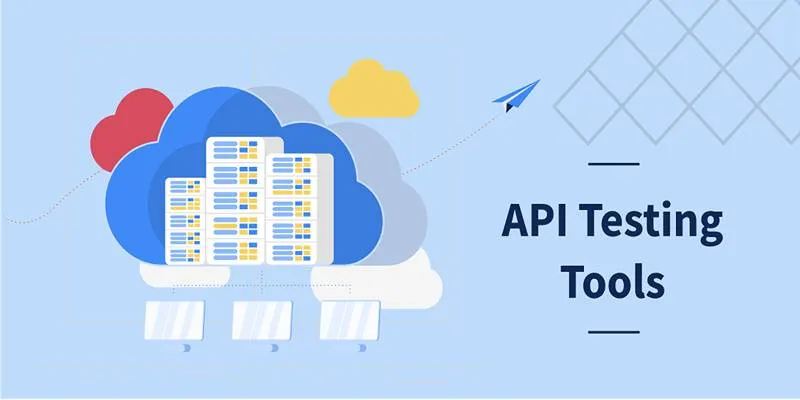
TOOLS
Free API Testing Tools That Help Developers Test and Debug Fast

REVIEWS
300 DPI or 600 DPI? A Simple Guide to Choosing the Best Resolution
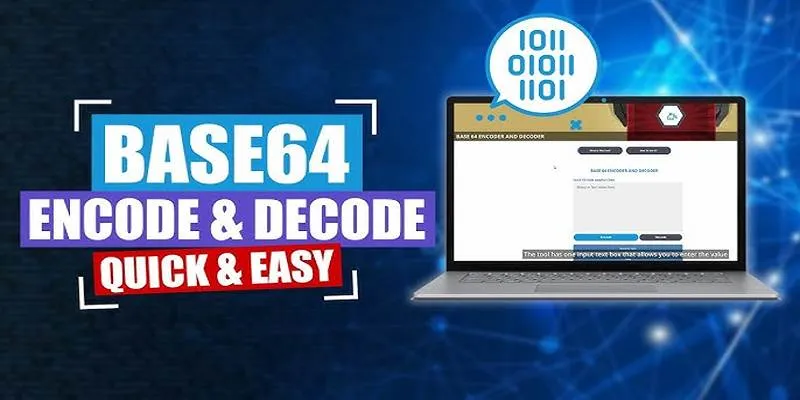
FREE
Base64 Encoding and Decoding Made Easy with Free Online Tools

FIX-UP
 mww2
mww2